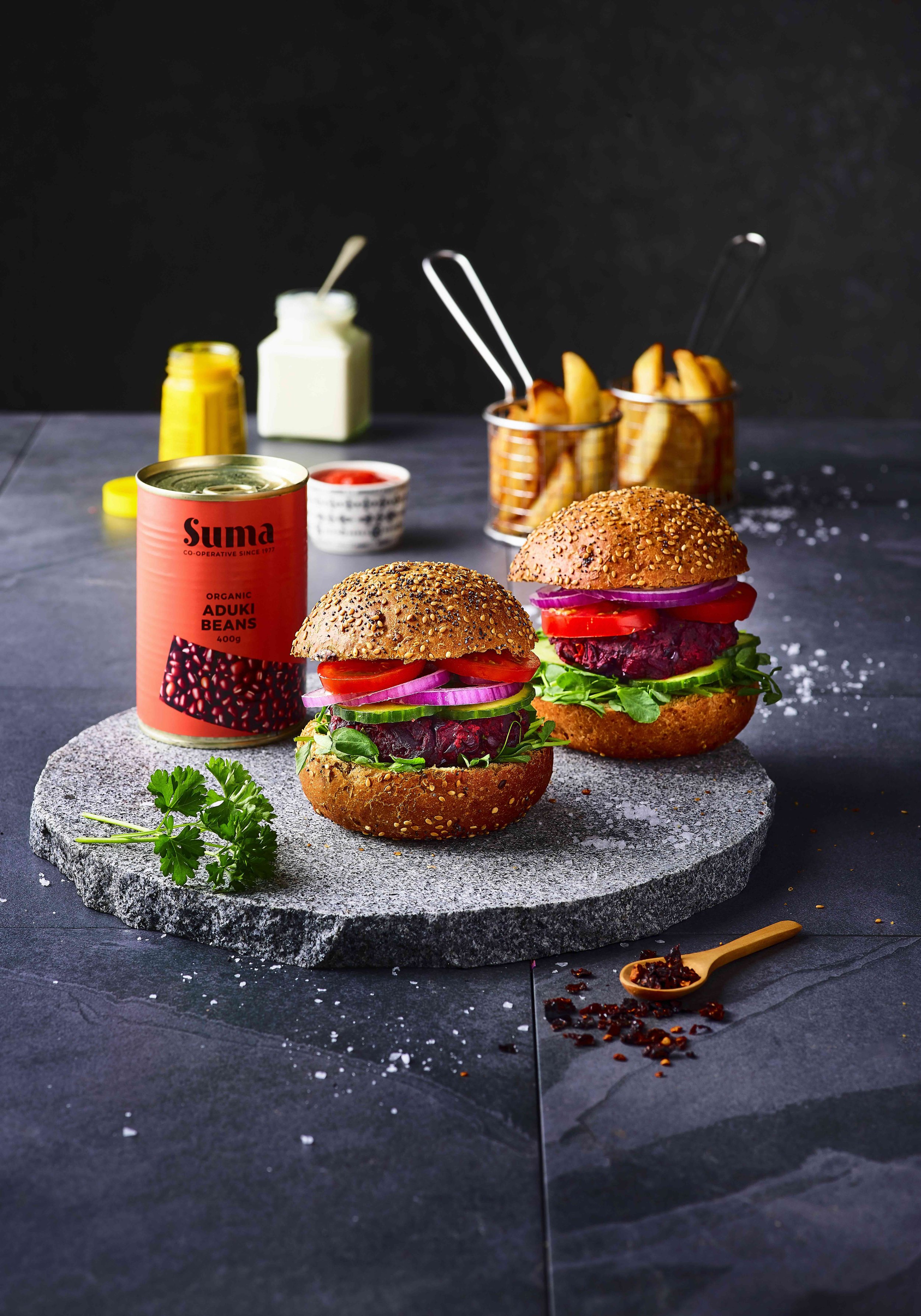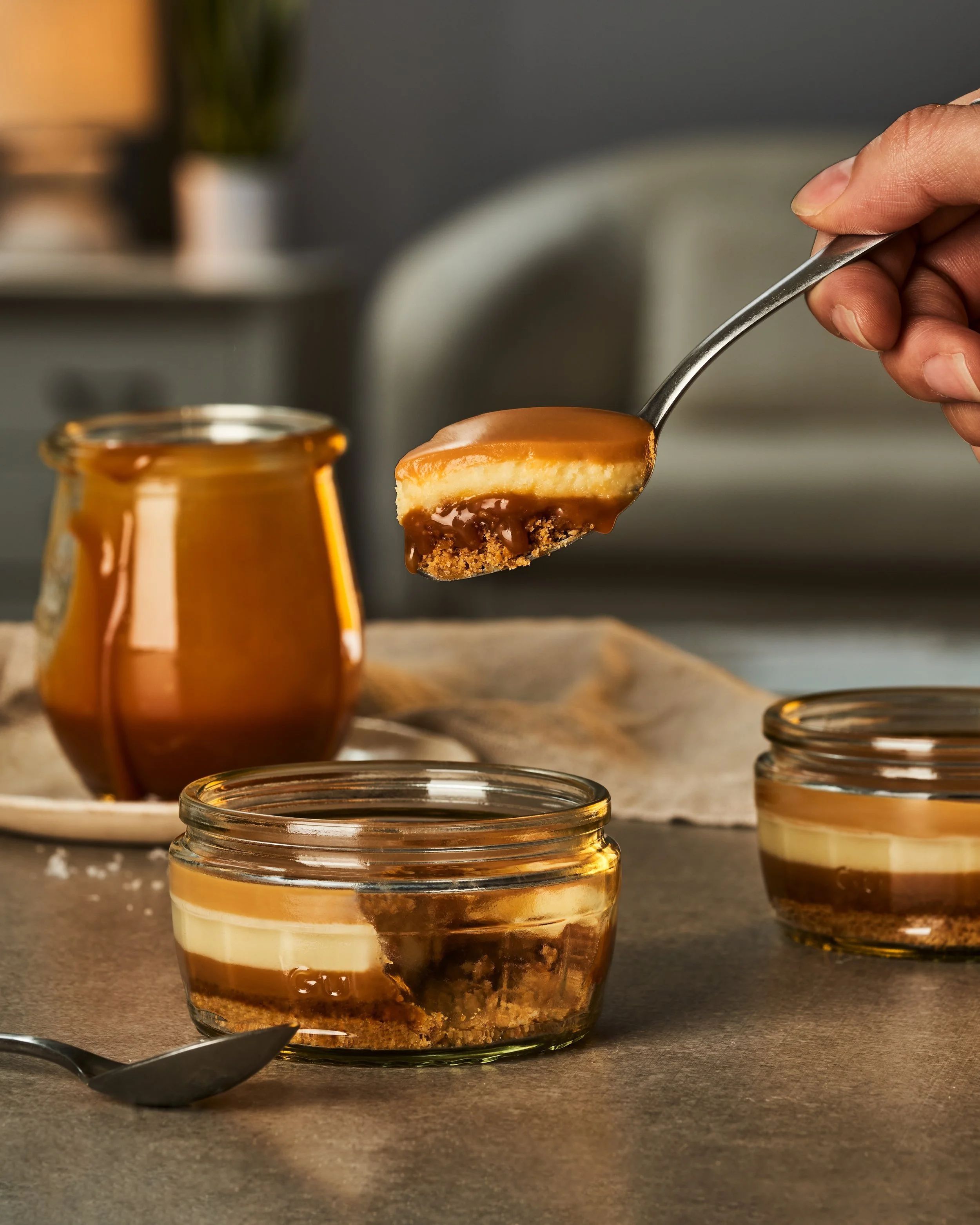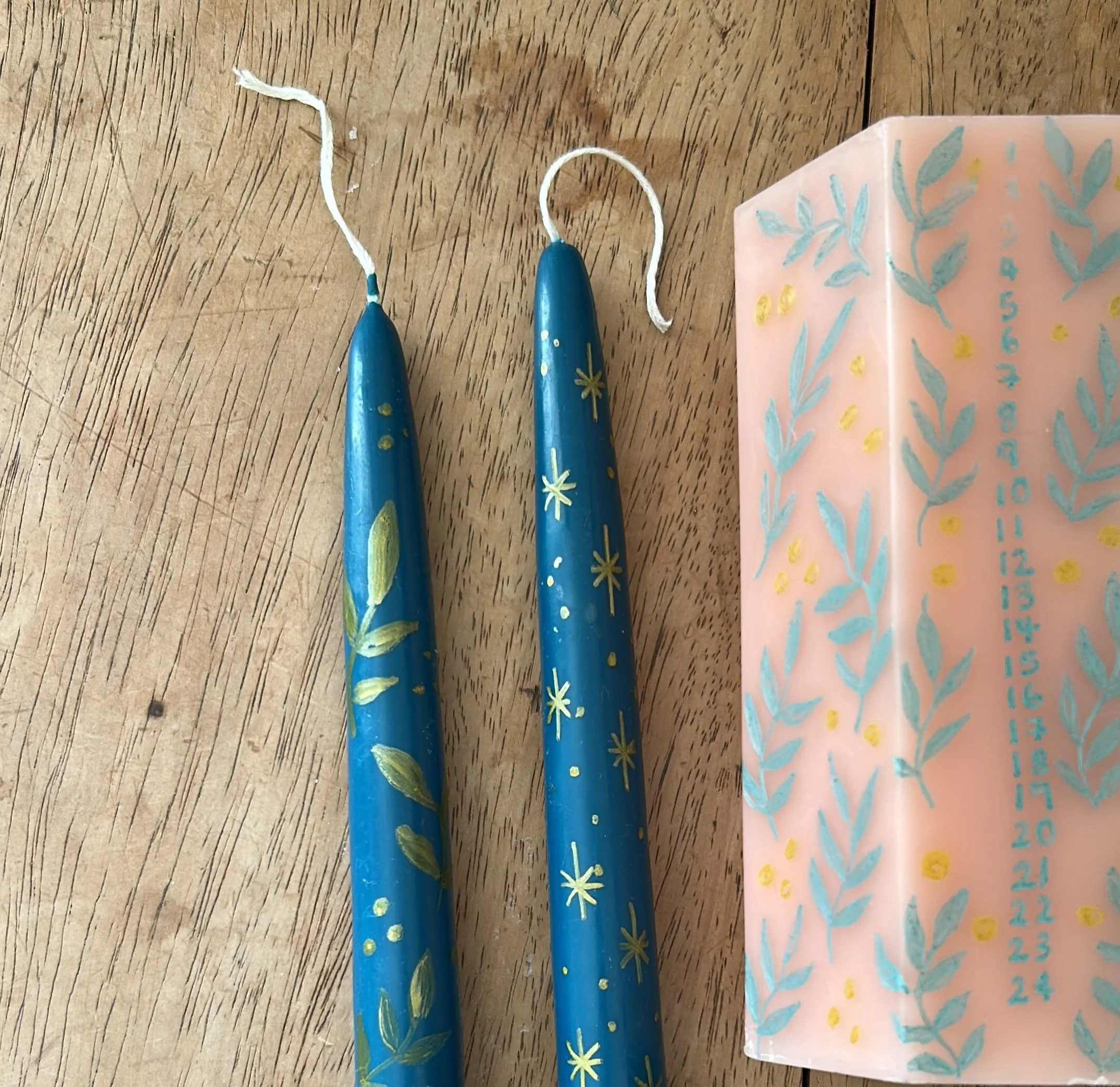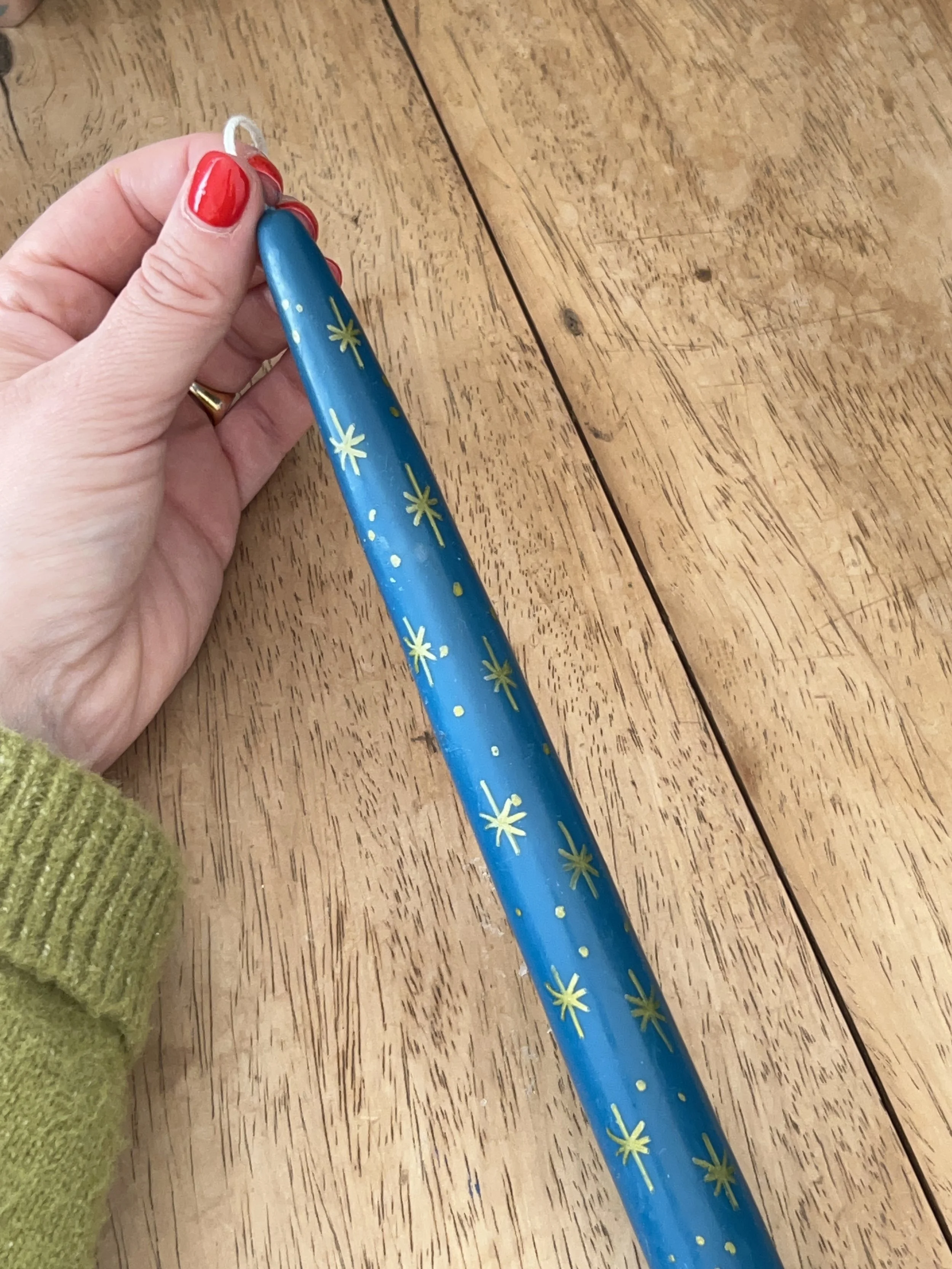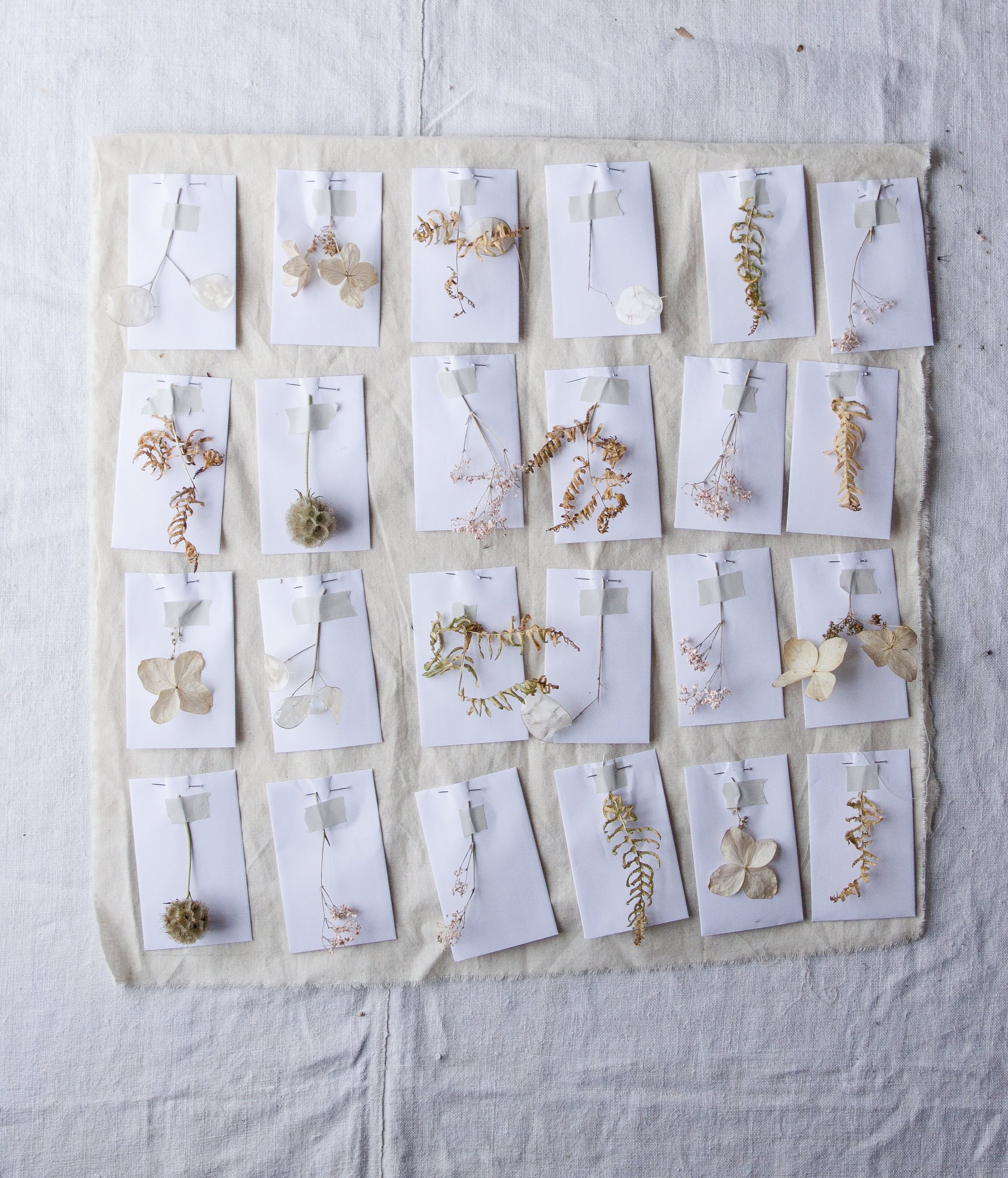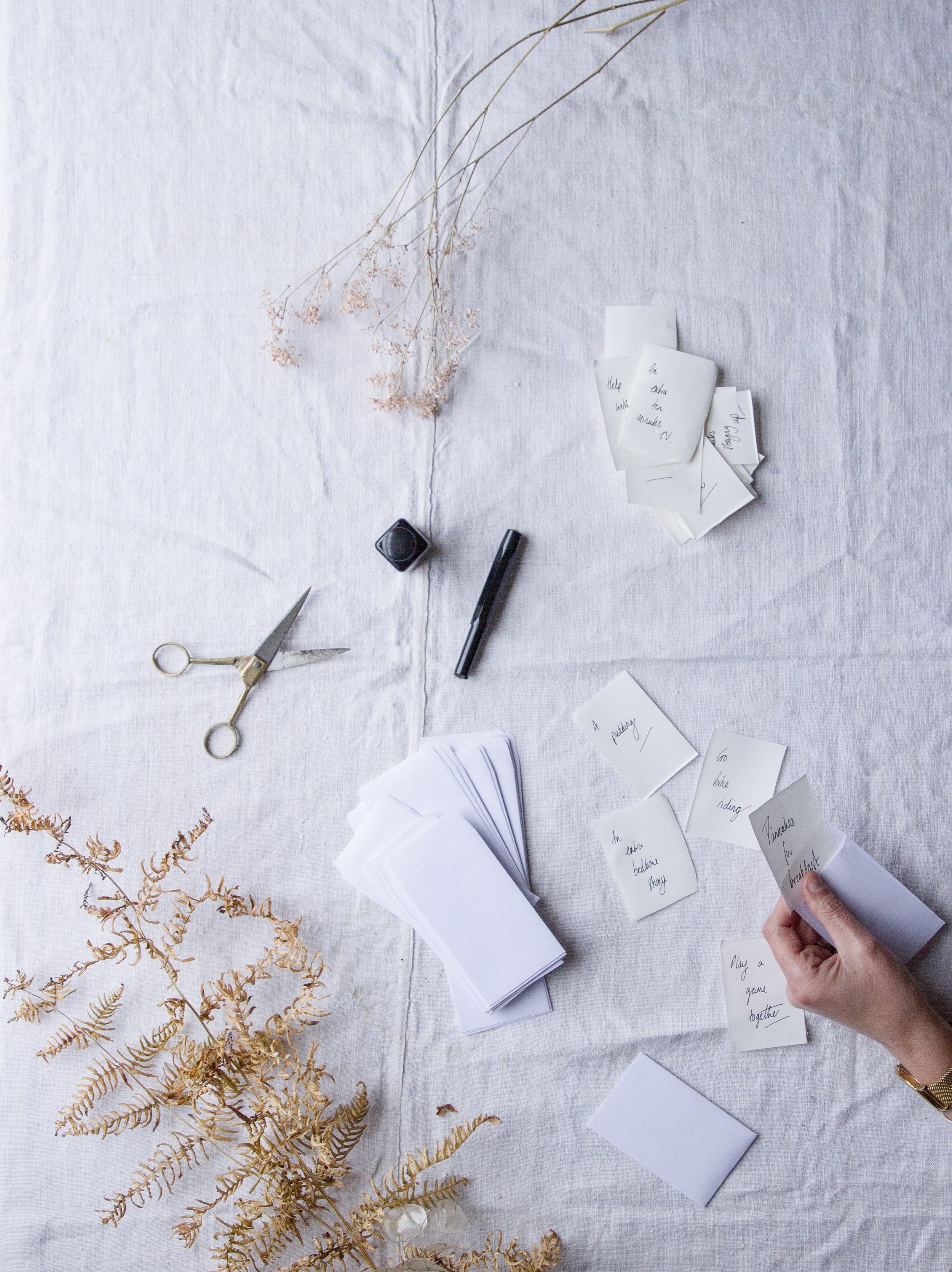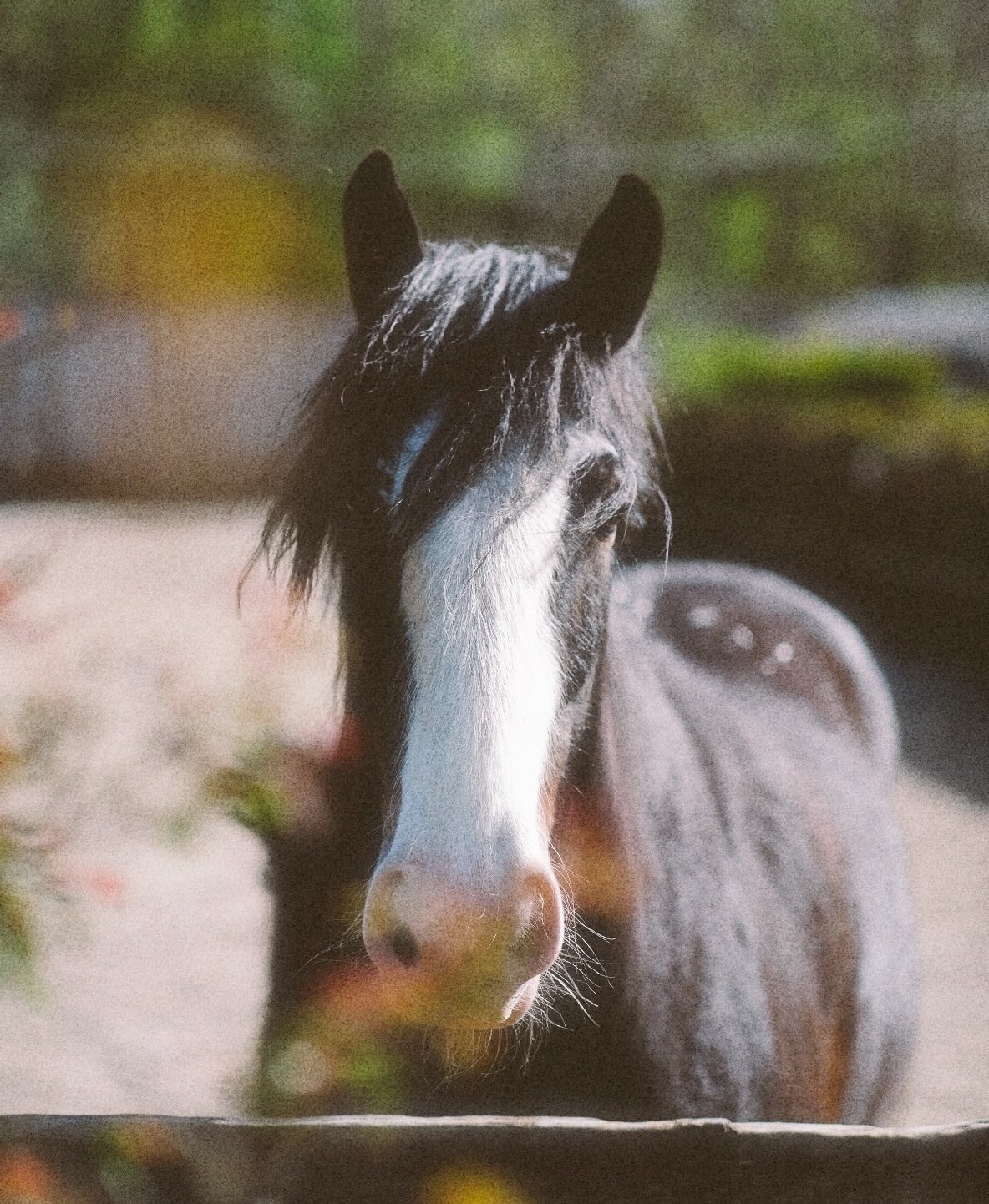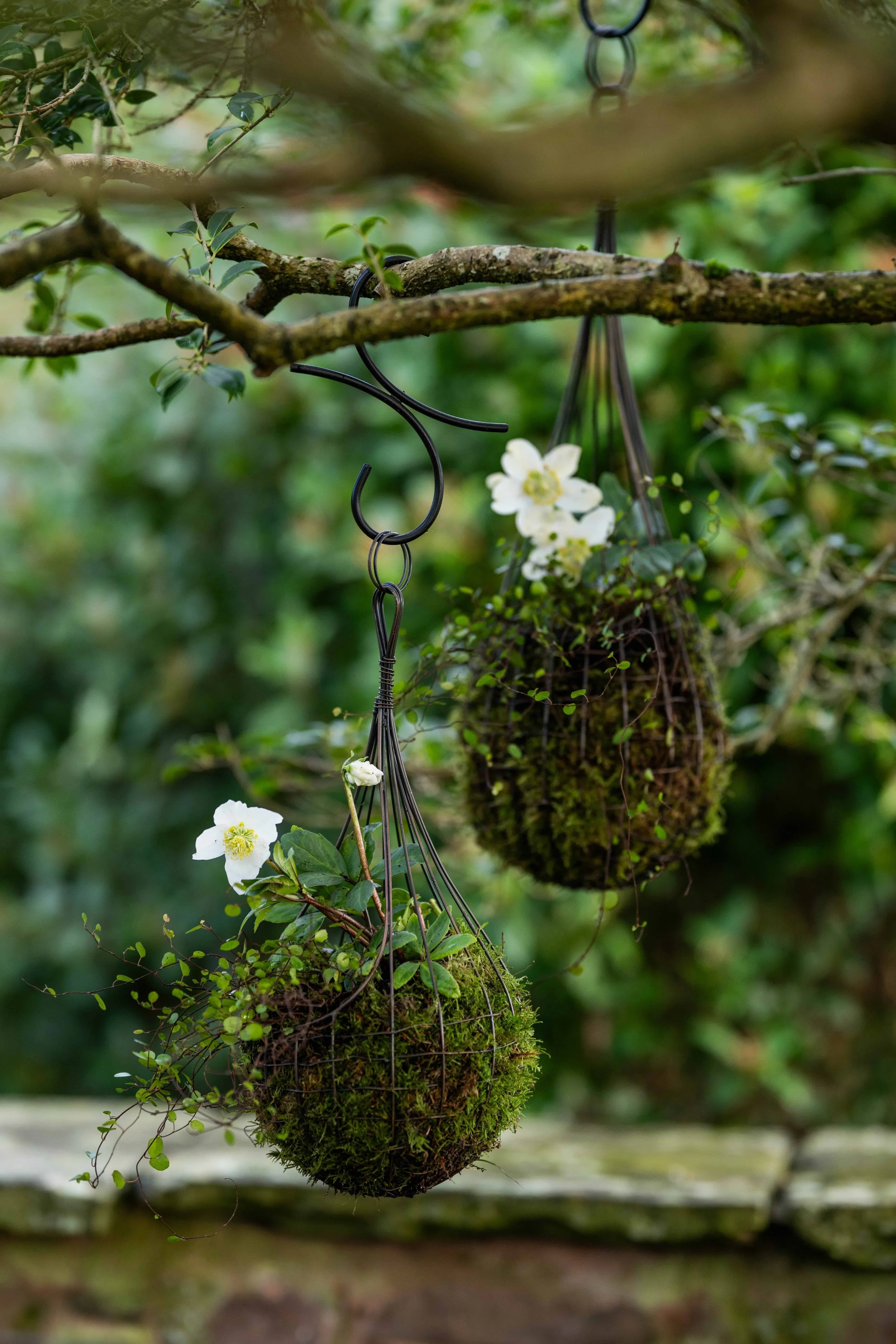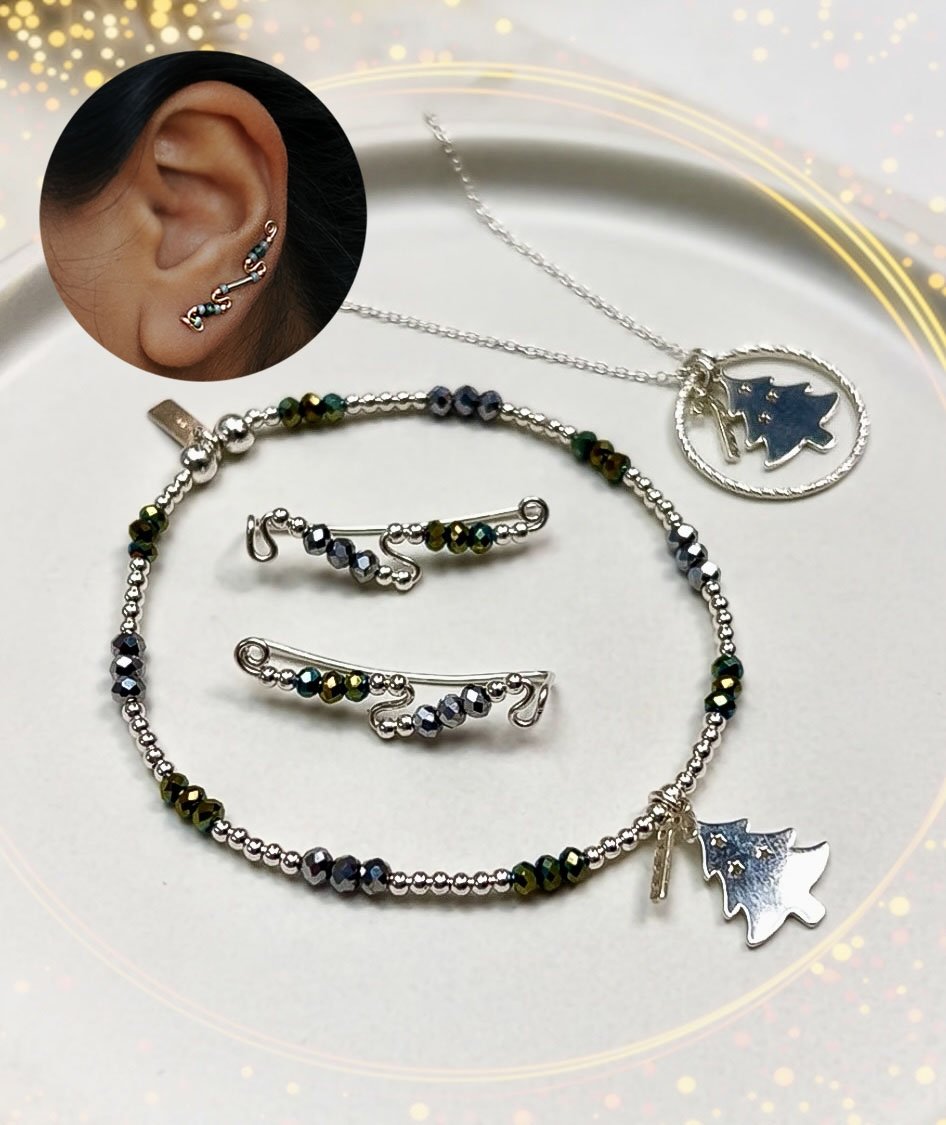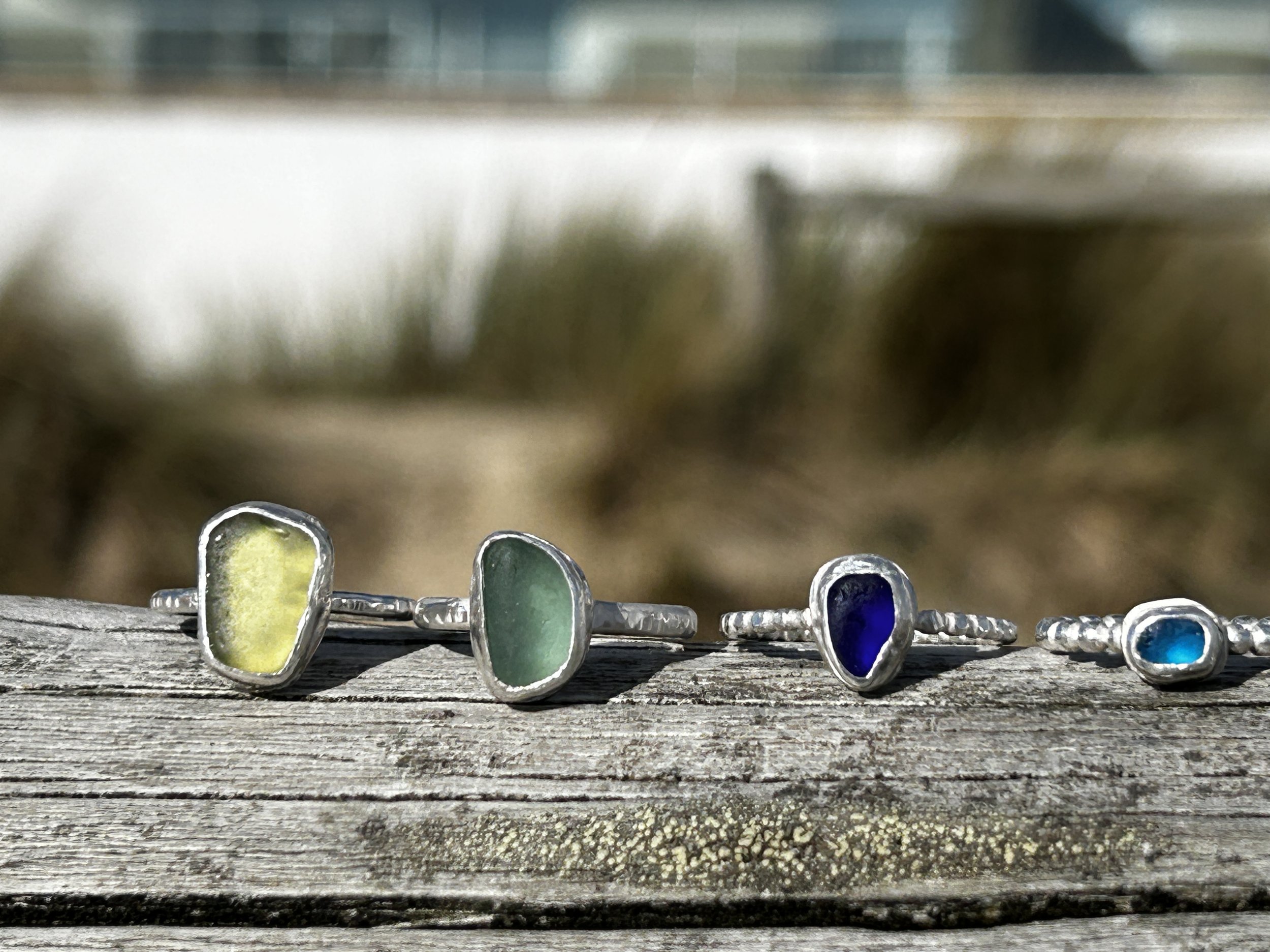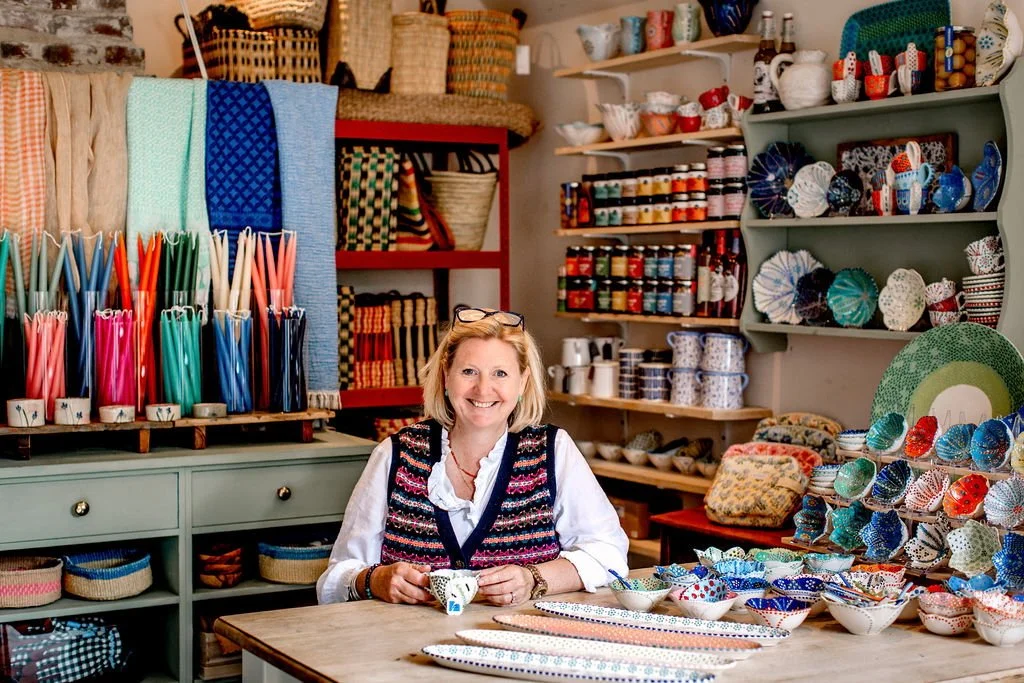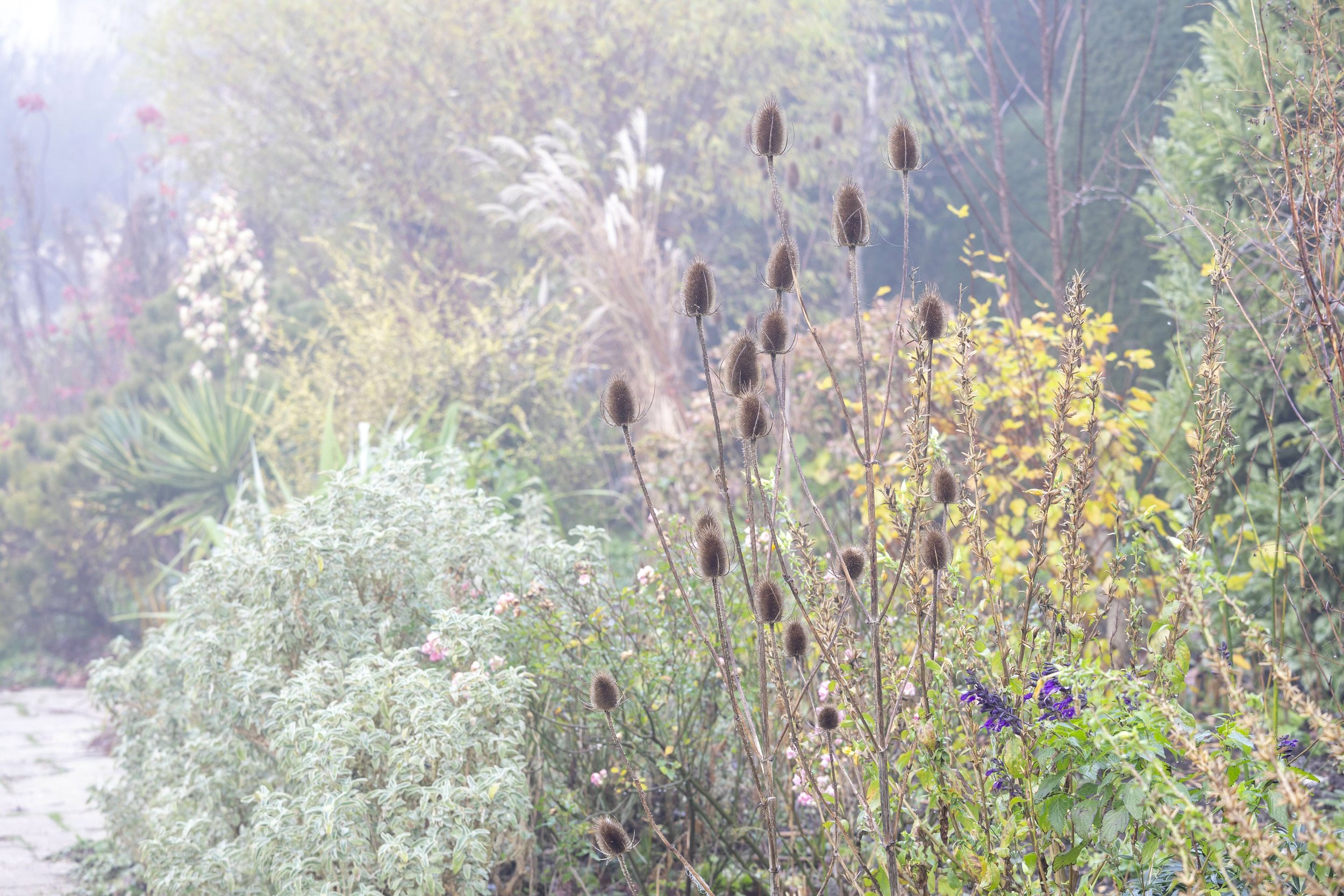No need for fine china when you can use a halved pumpkin instead.
Serves 4
2 medium sized, edible pumpkins or squash, for your ‘dishes’
½ tsp paprika
½ tsp chilli flakes
½ tsp cumin
½ tsp coriander seeds
1 medium butternut squash
2 garlic cloves, roughly chopped
3 tbsp extra virgin olive oil
1 onion, finely chopped
1 large carrot, finely chopped
1 large celery stick, finely chopped
1 veggie stock cube
200ml crème fraîche
4 stems of rosemary
1 Preheat the oven to 190C/Fan 170C/Gas 5. Meanwhile, halve the pumpkins or squash and use a large spoon to hollow out the middle, leaving about 1cm of edge all around, so that it holds its shape as a bowl. Put the seeds into a small roasting tin and the flesh into a large roasting tin.
2 In a pestle and mortar, grind together the paprika, chilli, cumin and coriander seeds.
3 Cut the skin off the butternut squash and add the seeds to the pumpkin seeds, then dice up the flesh and add that to the larger roasting tin, along with the chopped garlic cloves. Stir through the ground spice mix, drizzle with 2 tbsp of olive oil, and season. Put both tins in the oven to roast for around 50 mins (or until you can push a fork easily through the flesh), taking the dish out halfway through to give it a shake for even cooking. The seeds will take less time so keep an eye on them and remove when they turn golden brown.
4 Heat 1 tbsp olive oil in a large saucepan and add the onion, carrot and celery. Gently sauté over a medium heat for about 15 mins, or until the veg has softened.
5 Add the vegetable stock cube to 1ltr of boiling water before adding it to the saucepan. Stir thoroughly.
6 Add the roasted pumpkin and butternut squash to the veg and stock and continue to simmer for 15 mins.
7 Using a food processor or a stick blender, blend the soup until smooth.
8 Serve the soup in the halved pumpkins, with a tablespoon of crème fraîche stirred into each one. Then top each one with a rosemary stem, some freshly ground black pepper and some toasted seeds.
Cook’s note: Try to get pumpkins or squash with a flat bottom so that the ‘bowls’ can stand up well.
This recipe is taken from our November issue’s feature, Fire Starters, which is all about food for Bonfire Night. It also includes recipes for Spiced Campfire Popcorn, Chocolate and Nut Dipped Apples, Campfire Cinnamon & Cardamom Twists, Toffee Apple Cake and Chai Spiced Cider. The recipes are by Kay Prestney and the photography by Rebecca Lewis.
Buy this month's The Simple Things -buy, download or subscribe






